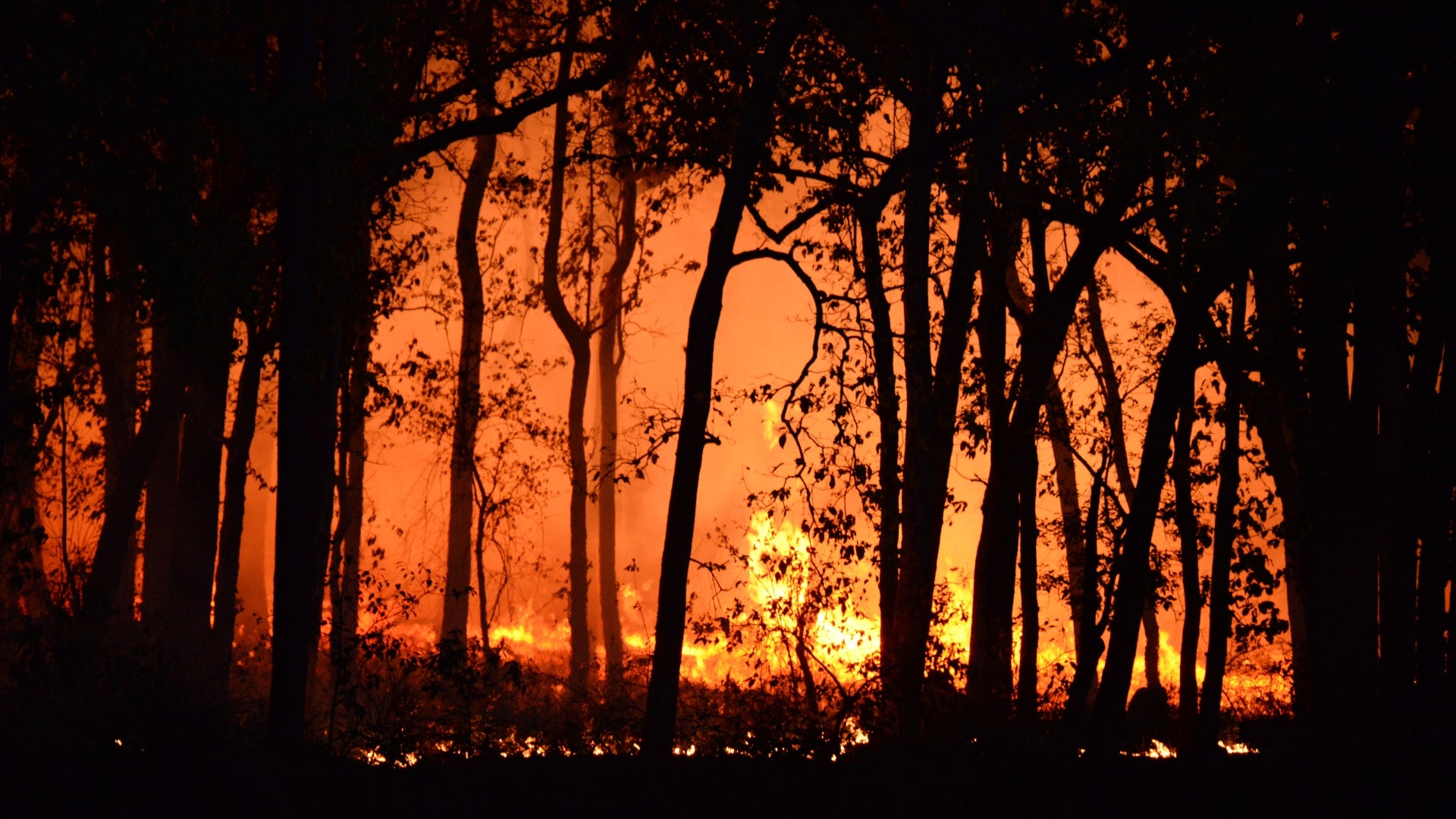Catastrophe bonds are a high-yield debt instrument designed to raise funds for insurance companies in the event of a specified natural disaster, such as hurricanes, earthquakes, or other climatic catastrophes. Originating in the 1990s, these instruments have become a vital component of the insurance-linked securities (ILS) market, providing insurers and reinsurers with a mechanism to transfer extreme risk to investors.
An Overview of Catastrophe Bonds
Catastrophe bonds are essentially high-yield debt instruments that transfer the risk of specific natural disasters from insurance and reinsurance companies to investors. Cat bonds typically offer higher interest rates compared to other fixed-income securities, reflecting the higher risk associated with the possibility of losing principal if a catastrophic event occurs. The investors may forfeit part or all of the bond's principal to pay for the damages, effectively providing the insurer with the liquidity needed to cover claims.
One of the primary attractions of cat bonds for investors is their non-correlation with traditional financial markets. Their performance is linked to natural disaster events rather than economic cycles, offering a haven of stability during periods of stock market volatility or downturns. This characteristic makes cat bonds a valuable tool for portfolio diversification, capable of mitigating systemic risk.
With the growing emphasis on environmental, social, and governance (ESG) criteria in investment decisions, cat bonds present an opportunity for investors to contribute to disaster recovery and resilience. By providing capital that helps to rebuild communities affected by natural disasters, investors can also achieve a positive social impact alongside financial returns.
Navigating the Risks of Cat Bonds
Event Risk
While there are several benefits of investing in catastrophe bonds, it's essential to consider the risks. The primary risk is the potential for losing principal if a catastrophic event triggers payouts. Therefore, investors need to assess their risk tolerance and the potential impact on their overall portfolio before investing in cat bonds. Additionally, investing in catastrophe bonds requires a deep understanding of the specific terms of each bond issue.
Model and Valuation Risk
Investors must grapple with model risk—the uncertainty surrounding the accuracy of these models—which can significantly influence the valuation and pricing of cat bonds. The assessment of the probability of disaster events and the potential losses they may yield is inherently complex and subject to sophisticated modeling techniques. As climate change introduces new variables and exacerbates unpredictability, the challenge of model risk becomes even more pronounced.
Advances in artificial intelligence (AI) and big data analytics are revolutionizing the assessment and management of risks associated with catastrophe bonds. These technologies offer the potential to refine the accuracy of risk models by analyzing vast datasets covering decades of climate and disaster data.
Liquidity Risk
Cat bonds are less liquid than traditional bonds, given the specialized nature of the market and the smaller pool of buyers and sellers. This liquidity risk can impact the ability of investors to divest their holdings quickly or without incurring substantial losses, particularly in the aftermath of a significant disaster event that could trigger a market sell-off.
For example, a global bank's trading desk contacted a hedge fund amidst a raging California wildfire, offering to sell $5 million in catastrophe bonds at 60% of their value. These bonds, tied to the disaster's insurance claims, were being offloaded by an insurer aiming to reduce exposure. Should the disaster's specified criteria not be met, these bonds would rebound to their full value, 100 cents on the dollar, presenting a high-risk, high-reward opportunity for the hedge fund.
Strategic Investment Considerations
Short-Duration with a Climate Hedge
Thorough due diligence is essential, requiring a thorough examination of the underlying risk models, the bonds' terms and conditions, human behavior near the disaster site, and the historical performance of similar instruments.
The vulnerability of investments to climate change is closely linked to their duration. Catastrophe bonds are short-term investments that align with the annual renewal cycles of the underlying insurance policies they support. This contrasts with the multi-decadal lifespan of traditional infrastructure investments, making ILS uniquely positioned to adjust to climate-induced "inflation" in the near term.
For example, an investor who purchases a project finance bond or an infrastructure bond does not have the same built-in mechanism to reprice the climate change risk over the course of the project, while investors in cat bonds can reprice this risk after every event. Cat bonds offer a mechanism for adjusting returns in response to climate-related changes, effectively serving as a "climate linker."
Diversification and Complex Risk Modeling
To mitigate event risk, investors should diversify their cat bond holdings across different issuers, geographic regions, and types of natural disasters. This could include a portfolio of cat bonds related to earthquakes in Mexico City, typhoons in Japan, and wildfires in California, for example.
Given cat bonds' complexities and specialized nature, it is prudent to seek advice from financial professionals with expertise in cat bonds and disaster risk modeling. To accurately assess weather-related risks, fund managers rely on sophisticated catastrophe risk simulation models developed by industry-leading firms.
These models use extensive historical hurricane data to better understand hurricane risk and enable precise evaluation of portfolio exposure. They also incorporate both long-term historical perspectives and near-term projections that consider potential climate change impacts, allowing for a comprehensive risk assessment.
A Niche Opportunity for Family Offices
The cat bond market is poised for continued growth, spurred by the increasing frequency and severity of natural disasters due to climate change. This trend underscores the importance of cat bonds in global disaster risk management strategies and enhances their appeal to investors seeking both returns and portfolio diversification.
The capacity of cat bonds to furnish portfolio diversification, fulfill ESG investment criteria, and potentially deliver robust returns makes them an appealing proposition for family offices and institutional investors.








